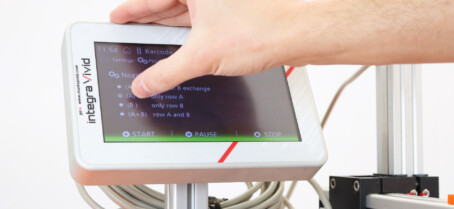
Introducing the Integra Vivid – HMI display for Rotech Printers
Adjusting print settings, monitoring ink levels and editing print jobs is now easier than ever, with the addition of the Integra Vivid
From company updates to helpful hints and tips - Rotech's blog is a one stop shop for coding & marking and packaging information.

Adjusting print settings, monitoring ink levels and editing print jobs is now easier than ever, with the addition of the Integra Vivid
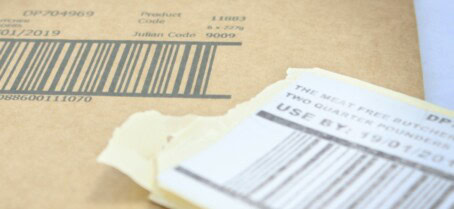
When whispers of label shortages began during 2021- many thought that the problem would be resolved within a matter of months. However, like the labels, the problem has stuck, and lead times can span up to 3 months, causing problems for manufacturers across the globe.
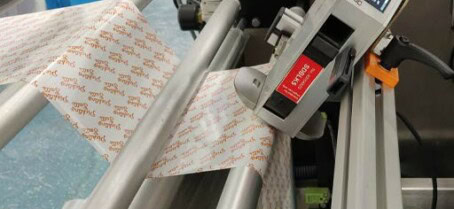
Flow wrapping (also known as horizontal wrapping) is a popular, cost-effective method of packaging products in plastic films or foils consisting of clear or printed polypropylene films. Superior to overwrapping in many ways, flow wrap is a popular choice for packaging many items, such as food products, electric components, cosmetics and more.
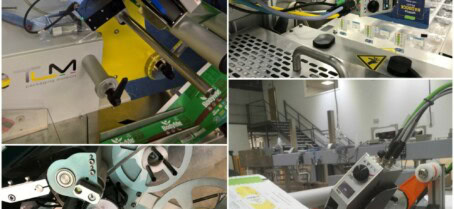
Now that the benefits of thermal inkjet (TIJ) technology for product coding are much more widely understood, it is understandably surging in popularity among many manufacturers and producers, across all industries.
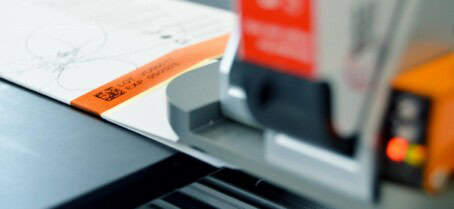
Thermal inkjet is a reliable and low-cost solution for the coding and marking of a range of packaging types. However, you could potentially cut your operating costs further by following these tips.
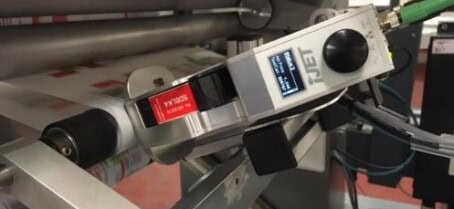
TIJ (thermal inkjet) is challenging TT (thermal transfer) as the coding technology of choice for web-based materials, says Richard Pether, Director at coding specialist Rotech Machines.
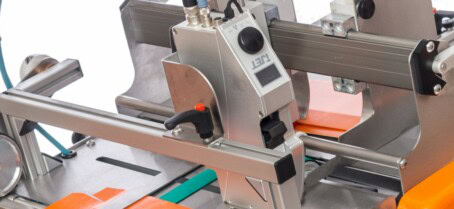
In the last decade, designers of TIJ (thermal inkjet) printers have been working tirelessly to address the technology’s limiting factors, and latest generation TIJ machines will outperform CIJ in terms of cost of ownership and print quality in most coding applications. But despite a discernible shift to TIJ on FMCG lines, outdated perceptions are still deterring many operations from moving to cartridge-based technology.
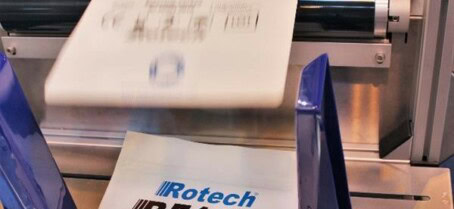
The terms ‘contact’ and ‘contact-free’ are often used in relation to industrial coding, but what do they actually mean and why does it matter whether a coder is contact-free or not? Richard Pether, director at coding and marking specialist Rotech, discusses the suitability of each method in a number of commonly encountered coding scenarios.
Registered in England No. 03332329 VAT Reg. No. GB 690 3876 03
© Copyright 2025 Rotech | Website by Union 10 Design